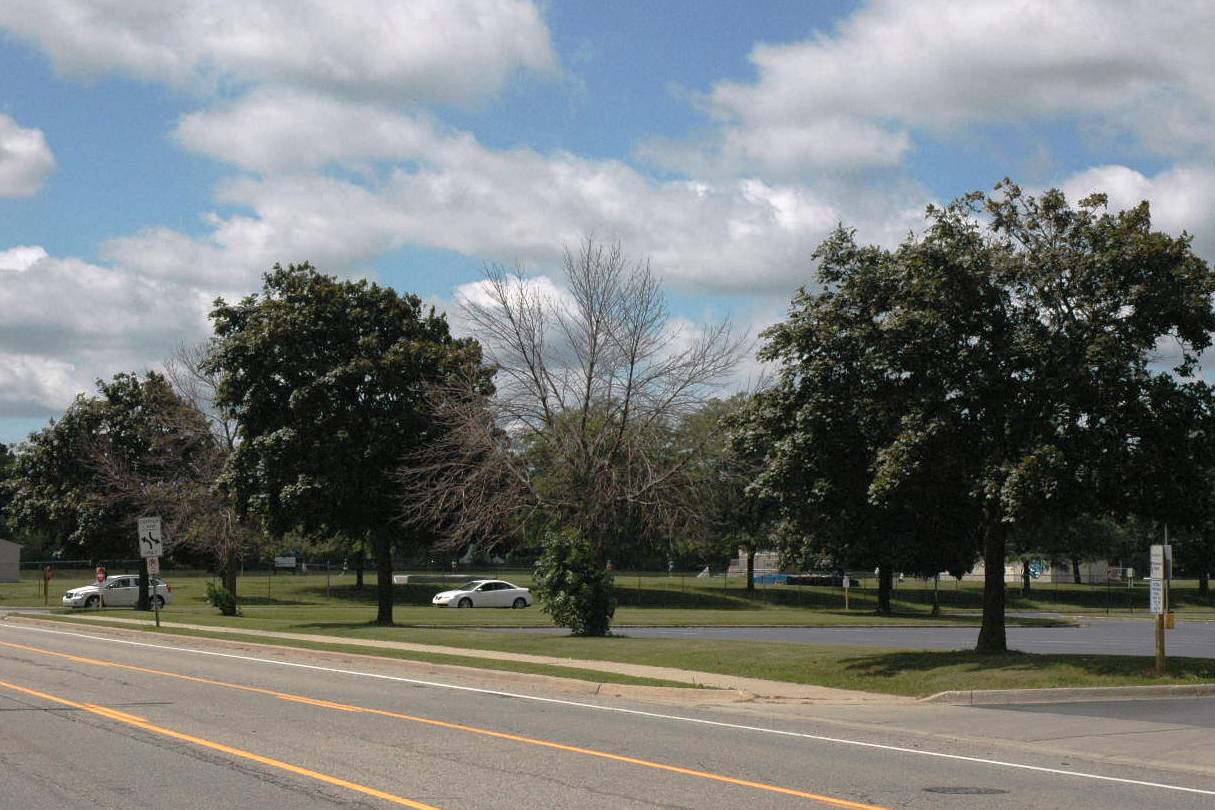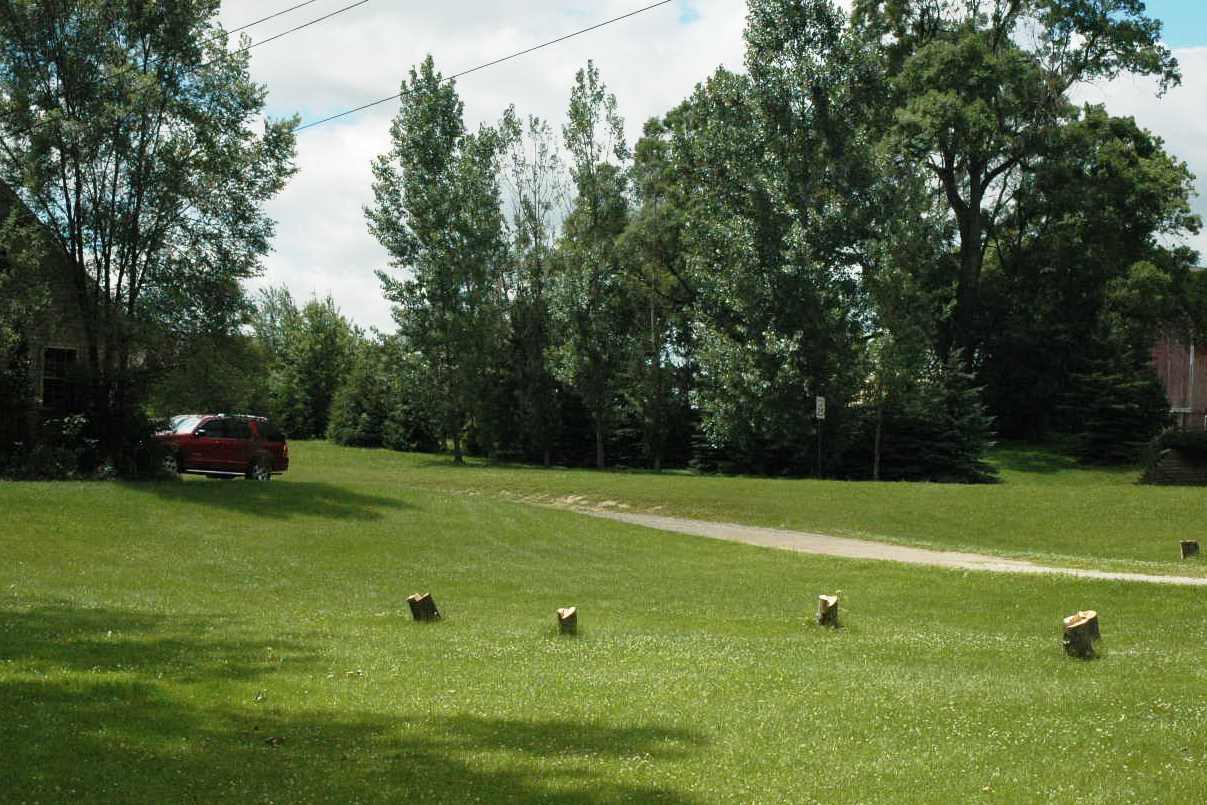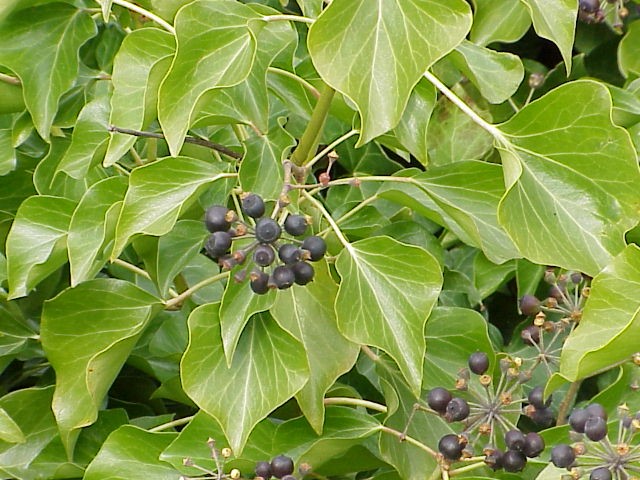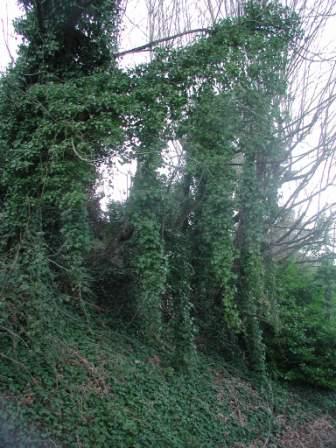
We’ve had lots of lively discussion on my post regarding the Mark Davis et al. comment in Nature on natives and exotics. I have been traveling and otherwise occupied and have not had a chance to comment so I feel a little like the kid that kicked the anthill and then ran away. Fortunately, Holly was gracious enough to forego her post today (I promise to return the favor, Holly!) so I can chime back in.
Obviously there are lots of layers to the debate but one of the main items in the discussion is whether there is an inherent ecological advantage in planting natives over exotics. At this point the focus always seems to shift to herbivory and the question of whether native insects will eat non-native plants. There are certainly examples each way; some insects are generalists while others are highly specific. More importantly, however, plants fill many other roles in the environment beyond serving as food for insects. Moreover, species composition is just one aspect of diversity. The ecological function of landscape is also determined by how we manage other factors such as structural diversity and age class distributions. In his book “Bringing Nature Home” Doug Tallamy shows a picture of a bland, sprawling suburban landscape ( p. 24) and notes “this highly simplified community is made up of a few species of alien ornamental plants that provide neither food nor shelter for wildlife.” OK, I’ll buy that. But would the situation change if the blue grass was changed to a native grass kept mowed to 2” and the two widely spaced shade trees were changed to natives? Doubtful. The structural complexity; that is, the number and arrangement of grasses, annuals, shrubs, and trees, is likely a bigger driver of ecosystem function than whether the plants are native or exotic.
In his thoughtful comments on the blog post Vincent Vizachero sums up, “I stand by my view that the general heuristic of favoring native plants over alien plants is better than the alternative of not caring about origin at all.” I can buy that as well, but with the caveat that other factors are equal. The rub, of course, is that other factors are rarely equal. And I suppose this is where the pragmatic approach discussed by Davis et al. resonates with me. In my position I do a lot of programming on trees for urban and community forests. I go through a list of criteria to consider for tree selection. Here are some of the key factors I usually discuss:
Adaptation There is no argument that there are well-documented environmental, economic and social benefits to trees in urban and suburban areas. But in order to fulfill these roles trees must be able to survive where they are planted. This means being adapted to abiotic and biotic environmental conditions which are often adverse. In this region of the country there are some native trees that fit the ‘tough trees for tough places’ bill, such as swamp white oak, bur oak, and honey locust. Many other natives, especially understory species, are much more difficult to site.

This street planting in Lansing alternated green ash and Norway maple.
Available space This seems like a no-brainer, but it’s amazing how often this gets overlooked and we end up with too much tree and too little space. Again, we have some great small native trees; Carpinus, redbud, striped maple. But these can be limited in their site adaptability.

Ash stumps
Diversity In Michigan some communities have lost 30% of their tree cover to the emerald ash borer. Have we learned our lesson about improving species diversity? Not really. But we need to keep trying. Exotic pests are here and here to stay. Does anyone believe that global trade will decrease in the near future? Does anyone believe that there will be quantum leap in our ability to detect and intercept hitch-hiking pests? In order to continue to accrue the benefits of urban and community forests we need to continue to diversify our portfolio; this includes a mix of natives and exotics. I doubt there will ever be sufficient data to prove one way other, but it seems reasonable to me that an urban and community forest balanced among 20-25 native and exotic species will be better able to withstand the slings and arrows of weather and pests better than one made up of 8-10 natives.




